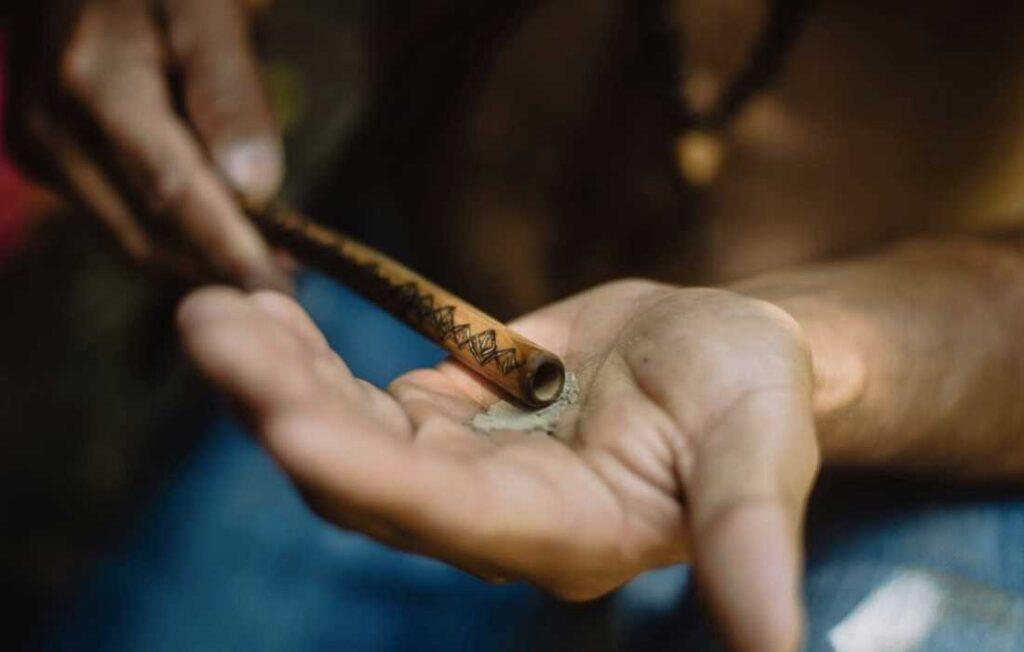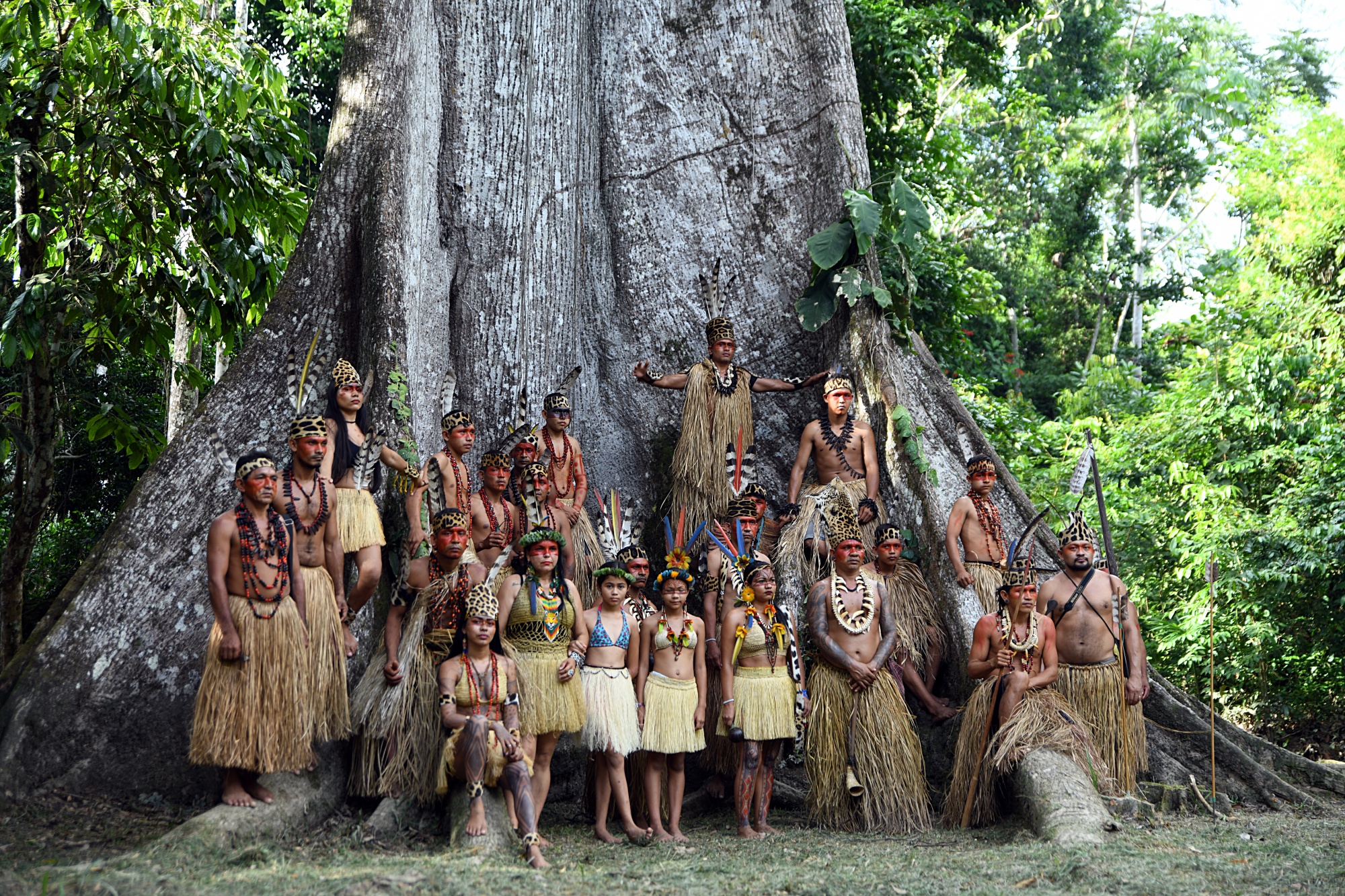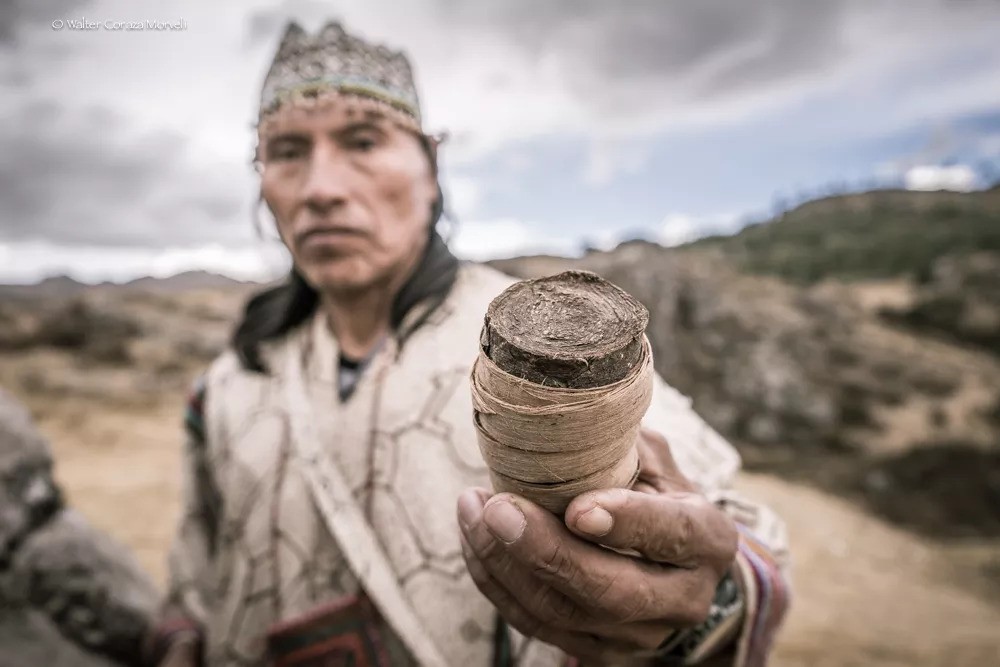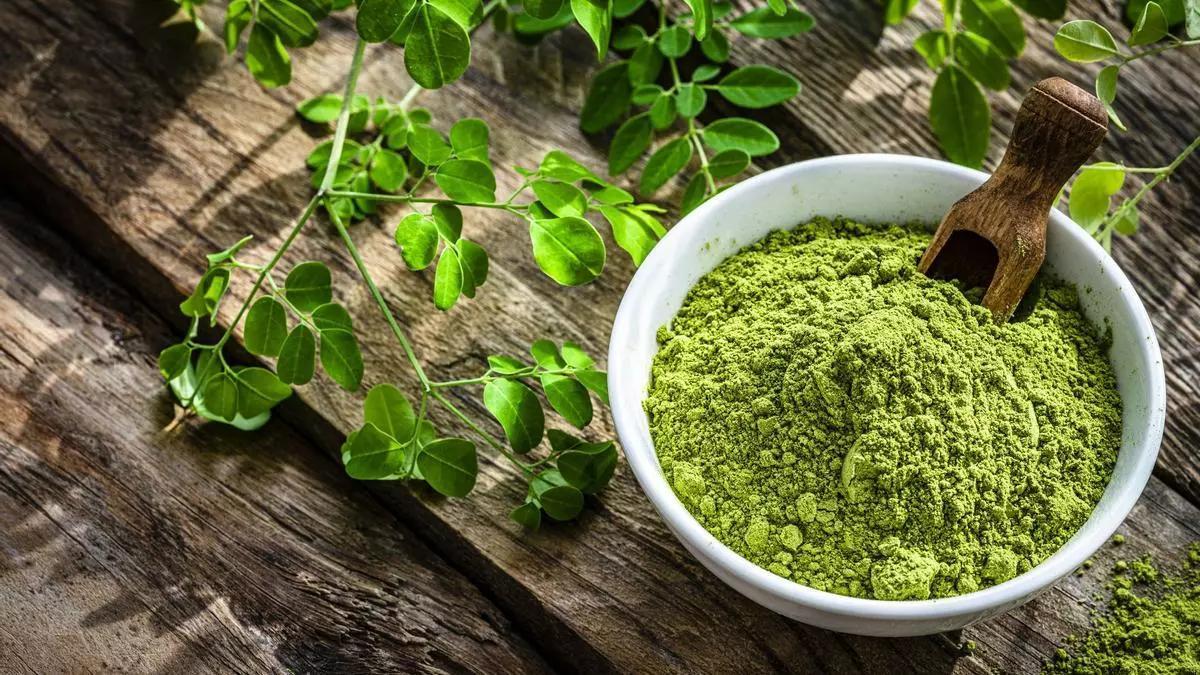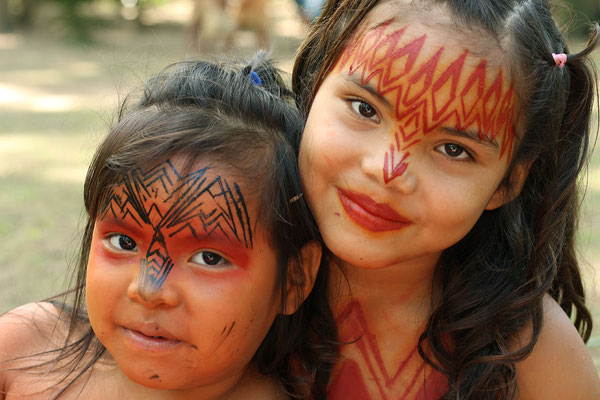
The Yawanawa Tribe
Since time immemorial Yawanawa people have lived in harmony with nature on the banks of the Gregorio river in the Amazonian region that concentrates the greatest biodiversity on the planet. In this rich habitat, their ancestors developed a vast knowledge of the healing plants of the forest and a worldview of great spiritual wisdom.

Their contact with western man happened a little more than a hundred years ago, very violently, initially with enslavement by the rubber barons and later by foreign protestant missionaries that forbid indigenous culture and spirituality. At the end of the last century, the Yawanawa regained the rights to their lands, drove away the missionaries and since then have been leading a process of cultural and spiritual revival that has crossed national boundaries and today fascinates the world.
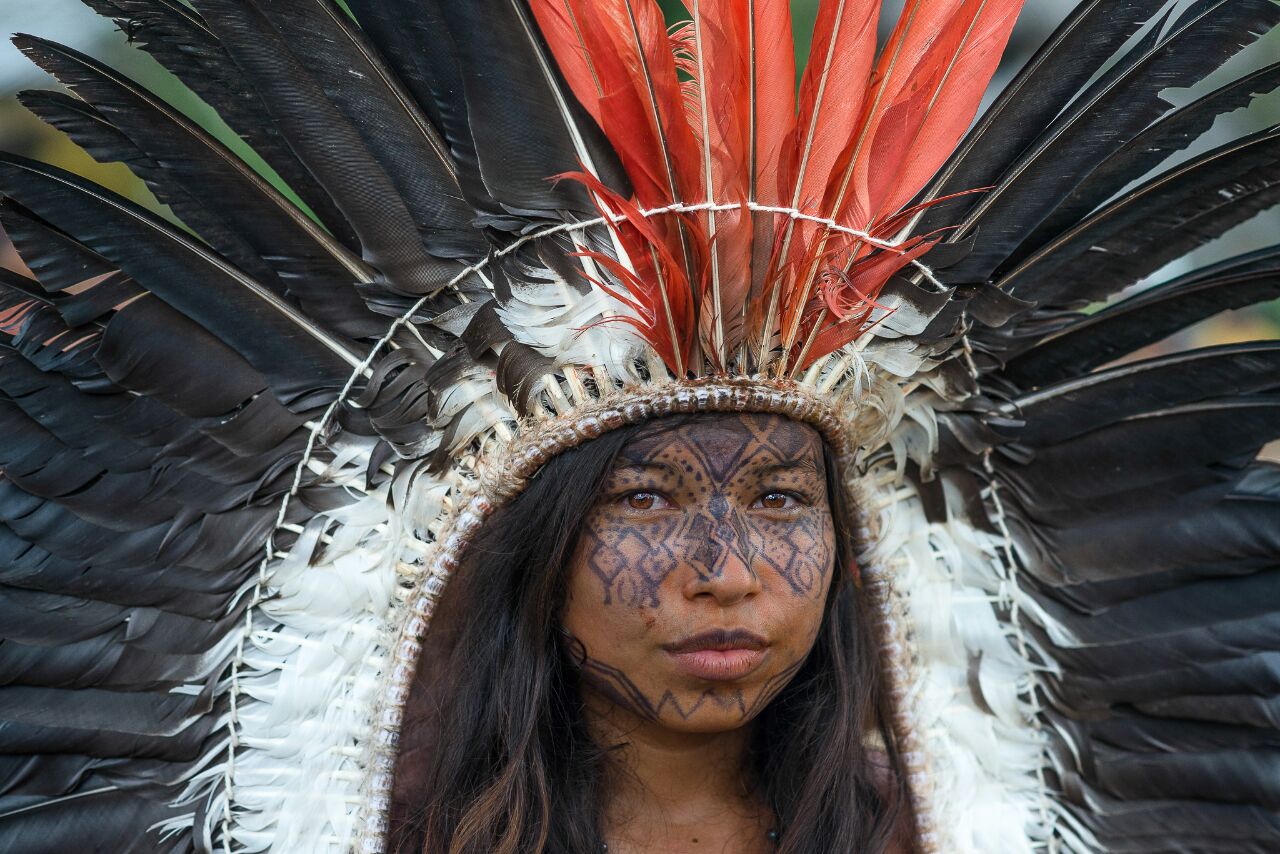
The Yawanawá (Laminaua, Jaminawa, Yaminawá) are an indigenous people of about 1,300 people, living in small towns along the Gregorio River: Their homeland Acre (Brazil), and also in Madre de Dios (Peru) and Bolivia.
The Yaminawá language belongs to the Panoan language family. Linguists estimate that fewer than 1600 people speak the language. Very few Yawanawá speak Spanish or Portuguese, and their literacy rate is extremely low.
Yawanawa was the first tribe that initiated a woman to become a shaman, constituting a huge illustration in the history of sorcerers. In their language, Rapé is called Rume. Yawanawa will fall in love with mixing Rume with Tsunu ash and mapacho, which is giving this special mixture of an extremely sophisticated palate. In addition, Tsunu is used more closely for healing and has support during the Ayahuasca ceremony.
In the Pano language, ‘yawa’ means ‘white-mouthed peccary’ (an animal similar to a boar) and ‘nava’ means ‘man’. This tribe recognizes the peccary as its symbol because, like them, they are a family that has lived close together since time immemorial. Currently, they have about 1,300 people and inhabit the area along the Gregorio River. They share this territory with the Katungina tribe. The members of the two tribes are largely mixed through marriage arrangements. They are the first tribe in which a woman became a shaman (in 2006).
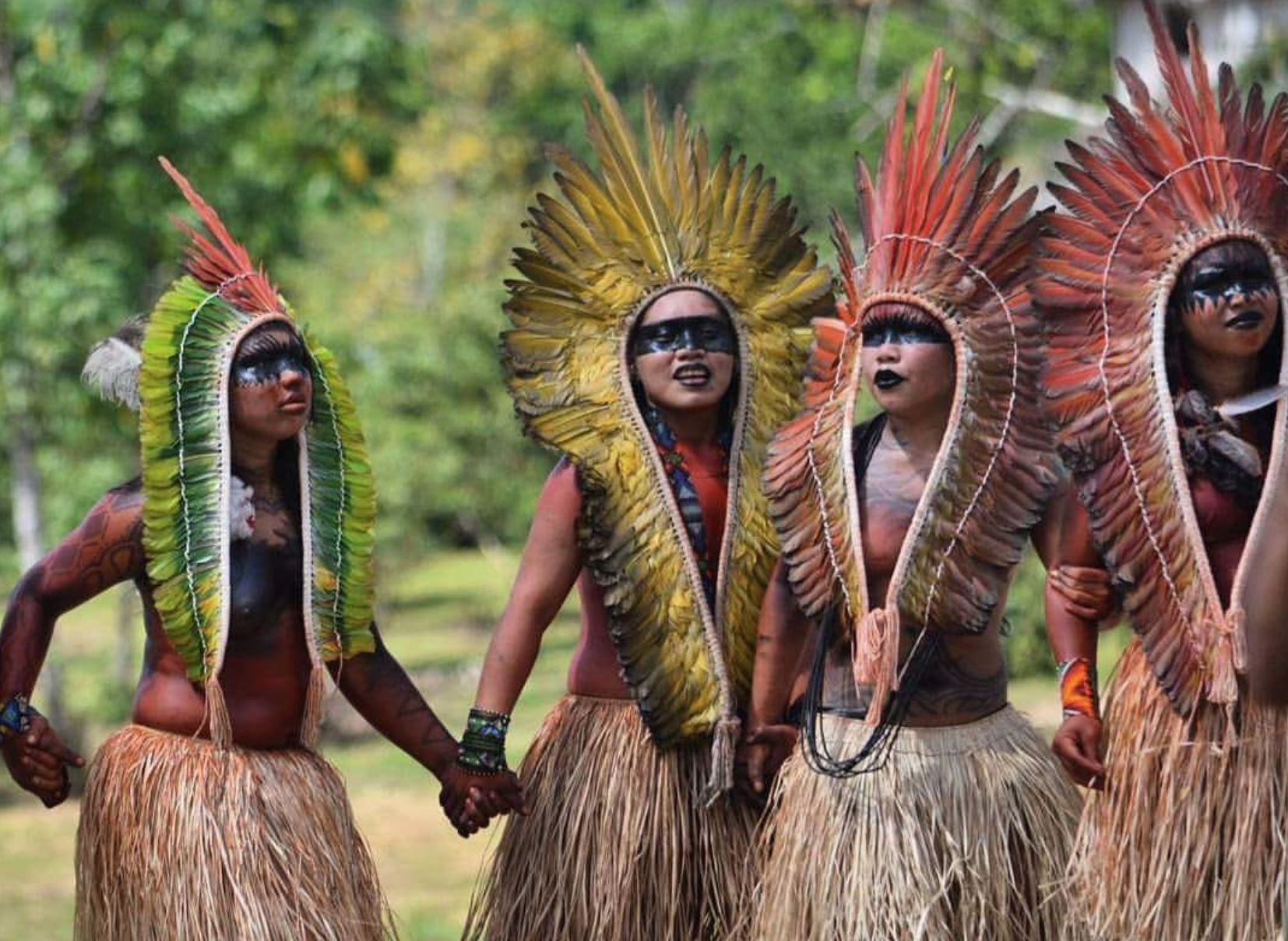
The Yawanawa believe in the power of Rapé, called Rume in their language. Legend has it that Rapé came to them after the death of the first shaman – after the funeral, unusual plants grew on his grave, and the wisest man in the village decided that they should be dried and pulverized. Later, they were consumed in various ways and found to have healing properties. This is how Rapé medicine was born.
May the Yawanawa tribe prosper and have support from all over the world.
Haux, Haux!
This product is an insence and not ment for ingestion. We don't claim that this product has any healing properties. This natural product is offered for its ethnographic and historical value and is supplied without express or implied fitness for a particular purpose. All information provided is for educational, scientific, ethnographic and historical research purposes only. All products are sold as botanical samples only with no express or implied claims for a specific purpose or use. The use and use of this product is at the discretion, responsibility and risk of the customer.
What is Amazonian Rapé?
Rapé or Rapeh, Hapé is a very sacred shamanic medicine produced by the indigenous tribes of South America, primarily in Brazil and Peru. Rapeh or Rapé, Hapé, Hapeh is pronounced "haa-pay or hapé" i...
The Nukini tribe Brasil
The Nukini are part of the Pano-speaking indigenous groups residing in the Juruá Valley. They share not only similar cultural traditions and worldviews but also a tragic history marked by displacem...
Mapacho: Sacred Tobacco and a Bridge to Spirit
Mapacho, also known as Nicotiana rustica, holds a deeply respected place in Amazonian traditions. Far more potent than the everyday tobacco found in cigarettes, Mapacho has been used for centuries ...
Why Moringa is considered one of the most nutritious plant sources
Moringa, also known as the "tree of life" or "miracle tree", is a highly nutritious plant native to parts of Africa and Asia. Its scientific name is Moringa oleifera. It is praised for its numerous...

